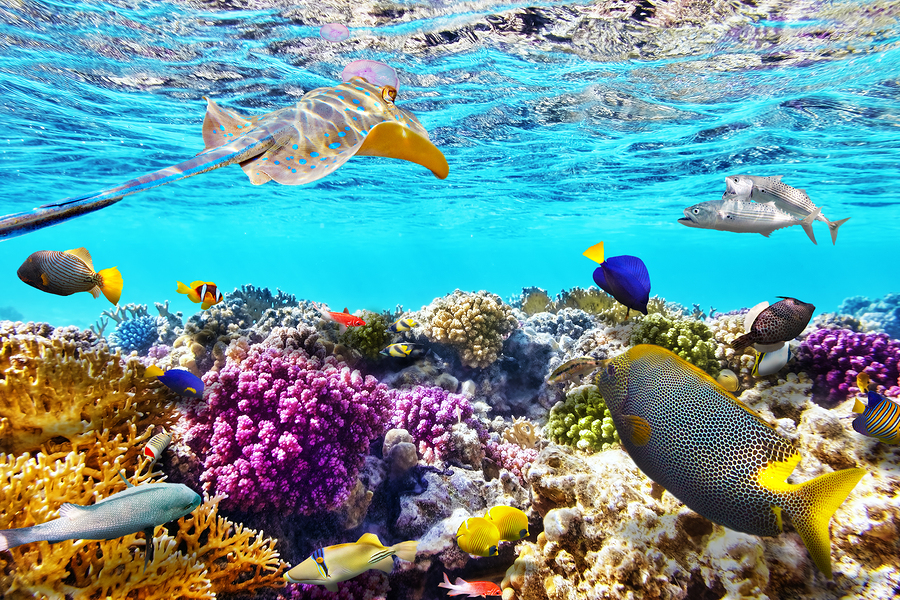
An El Nino Weather pattern has brought a temperature spike to the area that has triggered bleaching that has damaged or killed 95 percent of the northern reefs.
Scientists say increasing ocean temperatures are causing coral bleaching in the Great Barrier Reef that has damaged or killed 95 percent of the northern reefs. An aerial survey found that, in the worst examples of bleaching in recorded history, 520 sites in the 2,500-kilometer-long stretch of delicate coral in north-east Australia have been “fried.” Long stretches have lost their vivid colors, turning snow-white from bleaching that began 6 months ago.
Terry Hughes, from James Cook University, said “this will change the Great Barrier Reef forever.” He said it is too early to tell just how much of the bleached coral will die, but he expects about half will perish in the next month or so. In their survey only four reefs were unaffected.
Hughes said that the current situation is unprecedented in how precarious it has become. Severe El Nino events are happening every few years that are triggering bleaching events, and “it wasn’t always like that.”
An El Nino weather pattern brought the temperature spike that triggered the bleaching. That spike combined with warmer water from climate change that is killing the tiny marine algae that are needed for the health and color of the coral. Warming temperatures are a major threat to corals around the world, according to experts. Rising sea temperatures affect the skeletal growth of the corals, as they expel the colorful algae that helps them survive as a defensive mechanism.
The Great Barrier Reef is home to more than 400 coral species and 1,500 fish species, and is a World Heritage Site. According to UNESCO, if only one coral reef can be chosen for the World Heritage List it will be the Great Barrier Reef. Now the question is whether it should be listed as “in danger.” Environmentalists have been raising concerns about the Great Barrier Reef for some time.
Hughes cited a prior bleaching event that occurred in 2002, but placed only 18 percent of reefs into the same damages seen today.

Leave a Reply